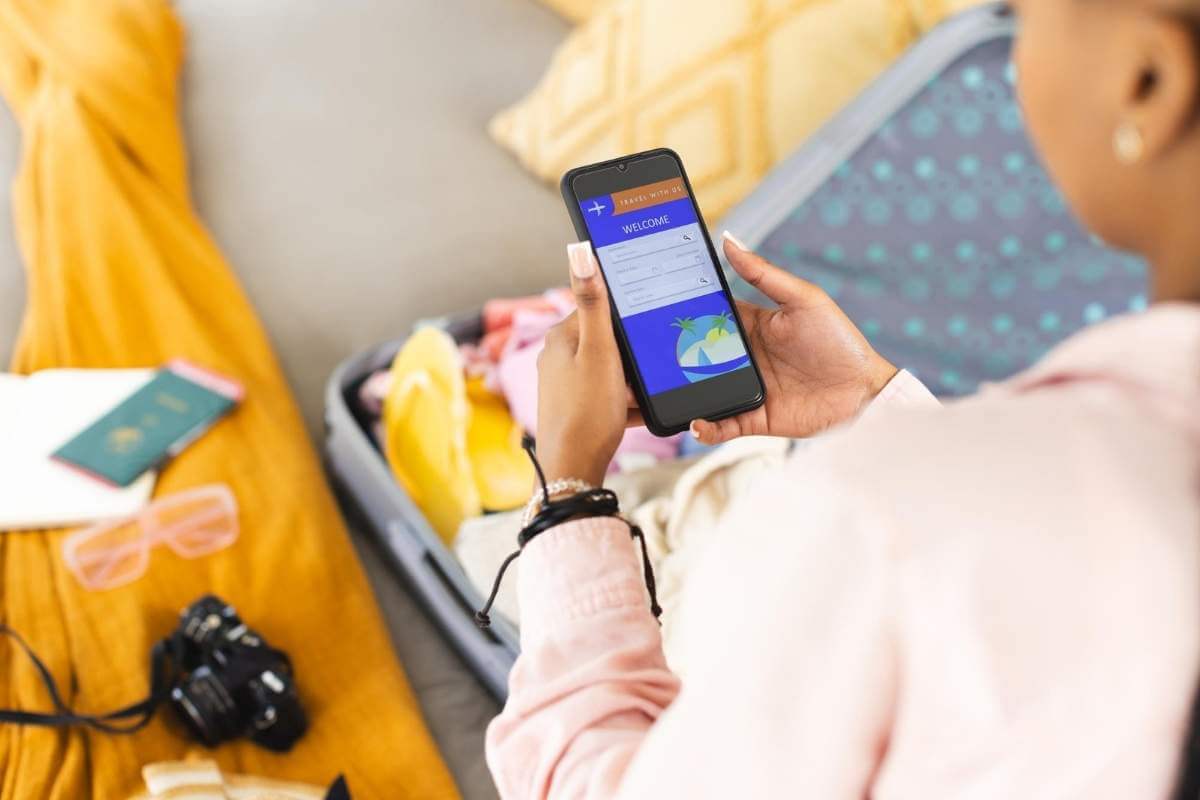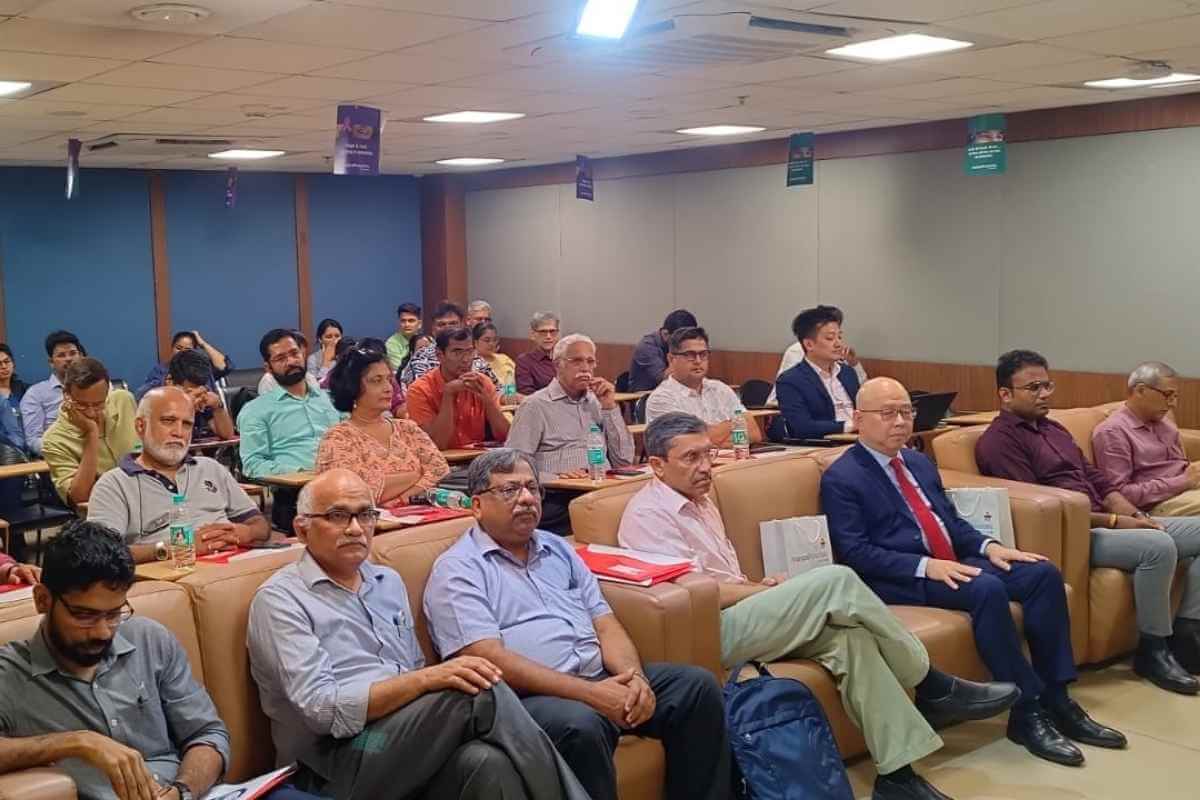Ronan broke a vase at home while playing, and their mother shouted at them for being careless. Supriya was running around the house when her parents started scolding her loudly for doing so in front of the guests. Zubin’s mom one day sat him down and started to ask about his feelings associated with the recent house shifting, spent time trying to understand his concerns, and then offered her point of view on the matter and Zubin’s feelings.
In the previous article, we looked at the importance of Communication in a parent-child relationship, as one of the three key essentials of parenting. This week’s article will discuss a few practical suggestions for ensuring better communication between parents & children.
Communication is a vital aspect of any relationship, and certainly so of a parent-child one, irrespective of the child’s age. Children usually take after their parents and other adults in the house when it comes to their communication patterns and therefore, it is essential that parents and caregivers, adopt a healthy communication style themselves. Modeling appropriate communication styles, while conversing with children is also extremely essential.
In the examples quoted above, it is very clear that the communication which Ronan and Supriya were subjected to, would not classify as communication, as they were one-way, with only the parent dashing out their opinions about the things which just happened. Zubin, however, was subjected to what communication essentially is, a constructive two-way process which takes into account the opinions, and views of each person involved. Clearly, research would favour the likelihood of Zubin turning out to be a better communicator, as compared to the other two kids.
Having established that communication is a vital part of ensuring a healthy parent-child relationship, let’s look at some simple suggestions to promote better communication with children:
- Age Appropriate & Context Relevant: Parents need to communicate with the child as per the child’s age, level of understanding, and keep the relevance of the context in mind. For very small children, it would help to talk using simpler vocabulary, examples of cartoons, or weave the messages you want to convey to them, in their favorite stories. For adolescents or teenagers, one can have more open conversations and it would help to make the teenager feel like a part of the conversation by giving an avenue to them to pitch their points of view, as well.
- Maintain Eye – Contact and Be Present: How would you feel if your child is talking to you, while at the same time constantly looking into their phones or desktops? Most people would certainly feel ignored. So, clearly, children are also likely to feel ignored if as parents we are looking into the phone while talking to them. It’s important to be entirely present in the given moment while conversing with your child. Maintain eye contact, hold hands if possible, sit down together, and then talk.
- Pay Attention: Being present in the moment, will also allow parents to pay attention to the child’s non-verbal cues and notice if the child is displaying any feelings. It’s important that parents pick on these non-verbal cues subtly, to further the conversation and be more aware of how their words make their children feel.
- Use more open-ended statements: It would help to make words like “I see”, “Tell me more”, “Amazing”, etc. as part of the vocabulary. Using such words, makes children feel that you truly care and also gives them the feeling that you want to know more from them, rather than fill in the blanks yourself.
- Use more “Do’s” rather than “Don’t’s”: Unfortunately, the most common word which a child or teenager hears is “No”. Clearly then, they are likely to use that back on us, at the first opportunity. It’s therefore, important to use more words and sentences which are more enabling rather than disabling. For example, instead of saying, “Don’t play in the dining room”, try to say, “Please do play in your room, as your play space here will be restricted”.
In conclusion, remember that it’s about talking “to” your child and not “at” your child. It’s important to facilitate two-way communication at all times.

























